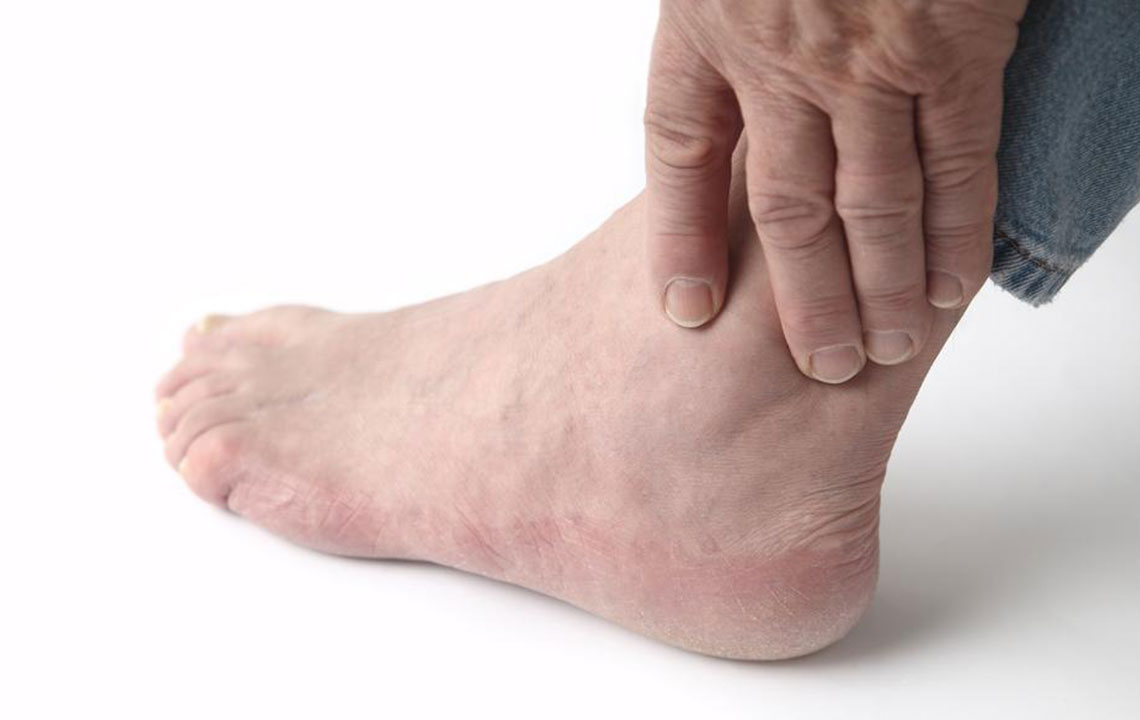Understanding Swollen Ankles: Causes and Treatment Strategies
Swollen ankles are common and usually temporary, caused by factors like prolonged standing, pregnancy, injury, or medical conditions such as heart or kidney issues. While mild cases often resolve with rest, persistent or severe swelling requires medical evaluation. Treatment options include medications, compression therapy, and self-care practices like elevating the legs. Recognizing underlying causes is essential for effective management. Seek medical advice if swelling worsens, to prevent complications and address any serious health conditions promptly.

Understanding Swollen Ankles: Causes and Treatment Strategies
Swelling in the ankles is a common condition that typically isn’t alarming. While sometimes uncomfortable, it rarely poses serious health risks. The primary cause is pressure on the legs, often resulting from prolonged standing or walking. Luckily, most cases resolve on their own with adequate rest. However, persistent swelling may indicate underlying health issues requiring medical attention, especially if accompanied by pain or other symptoms.
Here, we explore the various causes behind swollen ankles and available treatment options to help manage this condition effectively.
Causes of swollen ankles vary widely and can stem from injuries or medical conditions. Medical professionals emphasize identifying the underlying cause to determine appropriate treatment. Common causes include:
Pregnancy — Swelling often occurs during pregnancy due to increased weight and pressure on the legs, but it can sometimes signal preeclampsia, a serious condition requiring immediate care.
Hot climate — Elevated temperatures cause veins to expand, impairing blood flow and leading to fluid accumulation around the feet and ankles.
Trauma — Injury causes blood to rush to the affected area, resulting in swelling.
Fluid Retention (Edema) — Excess fluid trapped in tissues near the feet and ankles causes swelling, possibly affecting mobility.
Lymphedema — Damage to lymph nodes, often after cancer treatments, blocks lymphatic flow and causes leg swelling.
Treatment varies based on cause. Mild cases often improve with rest, but severe swelling may require medical intervention. Doctors perform tests like blood work, urinalysis, ECG, and X-ray to diagnose underlying issues. For heart failure-related swelling, diuretics help by reducing fluid buildup. Compression therapy alleviates swelling in lymphedema cases, promoting fluid drainage. Kidney issues leading to swelling are managed with medications, dietary adjustments, and supplements. Over-the-counter pain relievers can help reduce discomfort from injuries. In severe cases, medical procedures or surgery might be necessary.
Self-care measures include resting the legs, applying ice packs, using compression stockings carefully, and elevating the legs above heart level to facilitate fluid drainage. Such practices are effective for mild symptoms but consulting a healthcare provider is crucial if swelling persists or worsens.
In conclusion, while minor ankle swelling can often be managed at home, persistent or painful swelling warrants professional evaluation. Addressing underlying medical issues promptly can prevent complications. Always seek medical guidance before starting any treatment.










